Maker
Category
#3D
#Concept
#Visual Design

About the project
A couple of clients included in these renders are Letter.co, Viva Wallet, Redbrick & a couple of people that got highly involved with NFTs when this trend was peaking, to name a few. My main goal is to go after clients in the tech industry, as well as product designers crafting minimal objects and furniture. I also find startups and entrepreneurs that want to elevate their business or product, the perfect client for me since there is plenty of room for motion design promo videos.
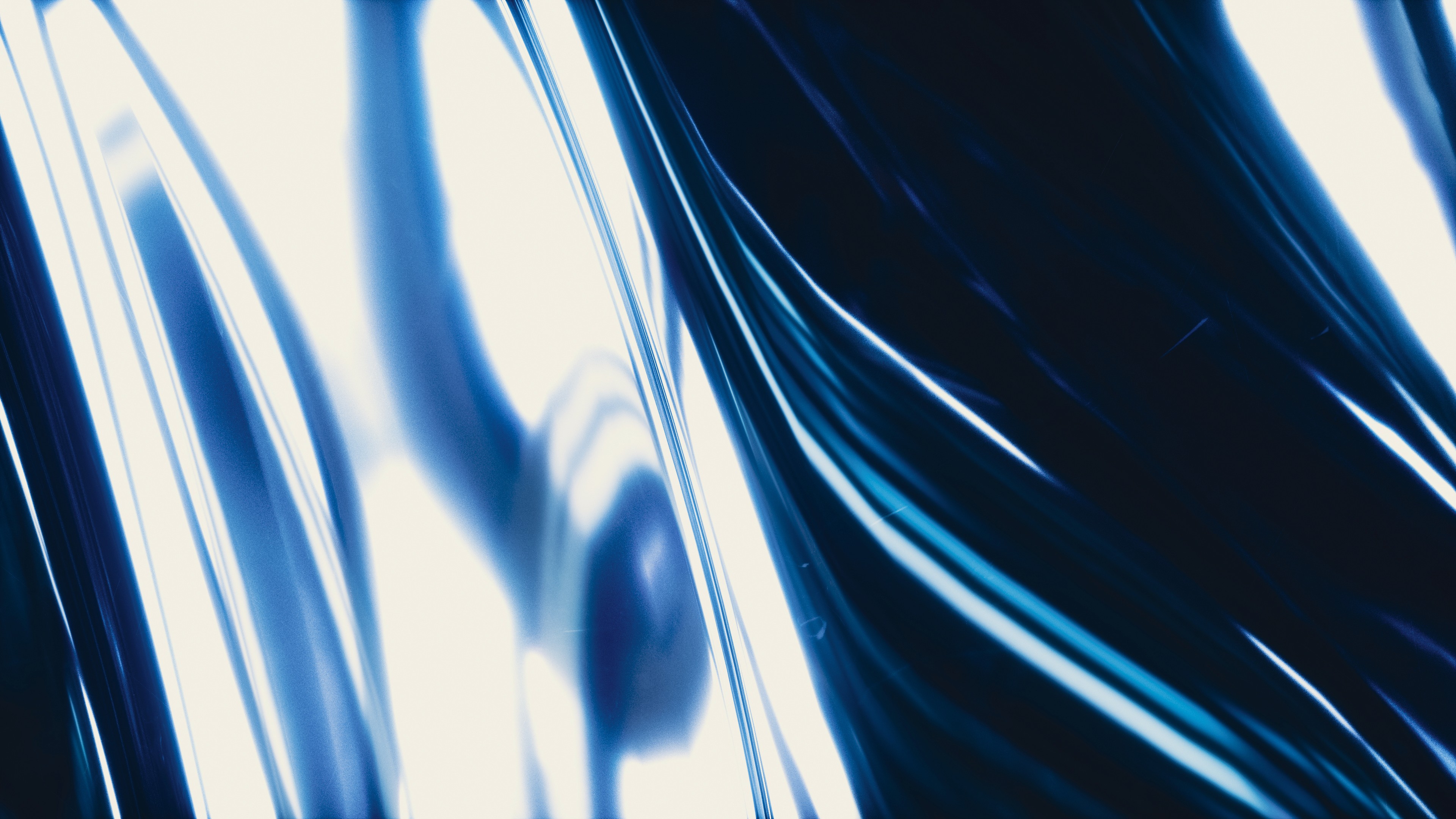
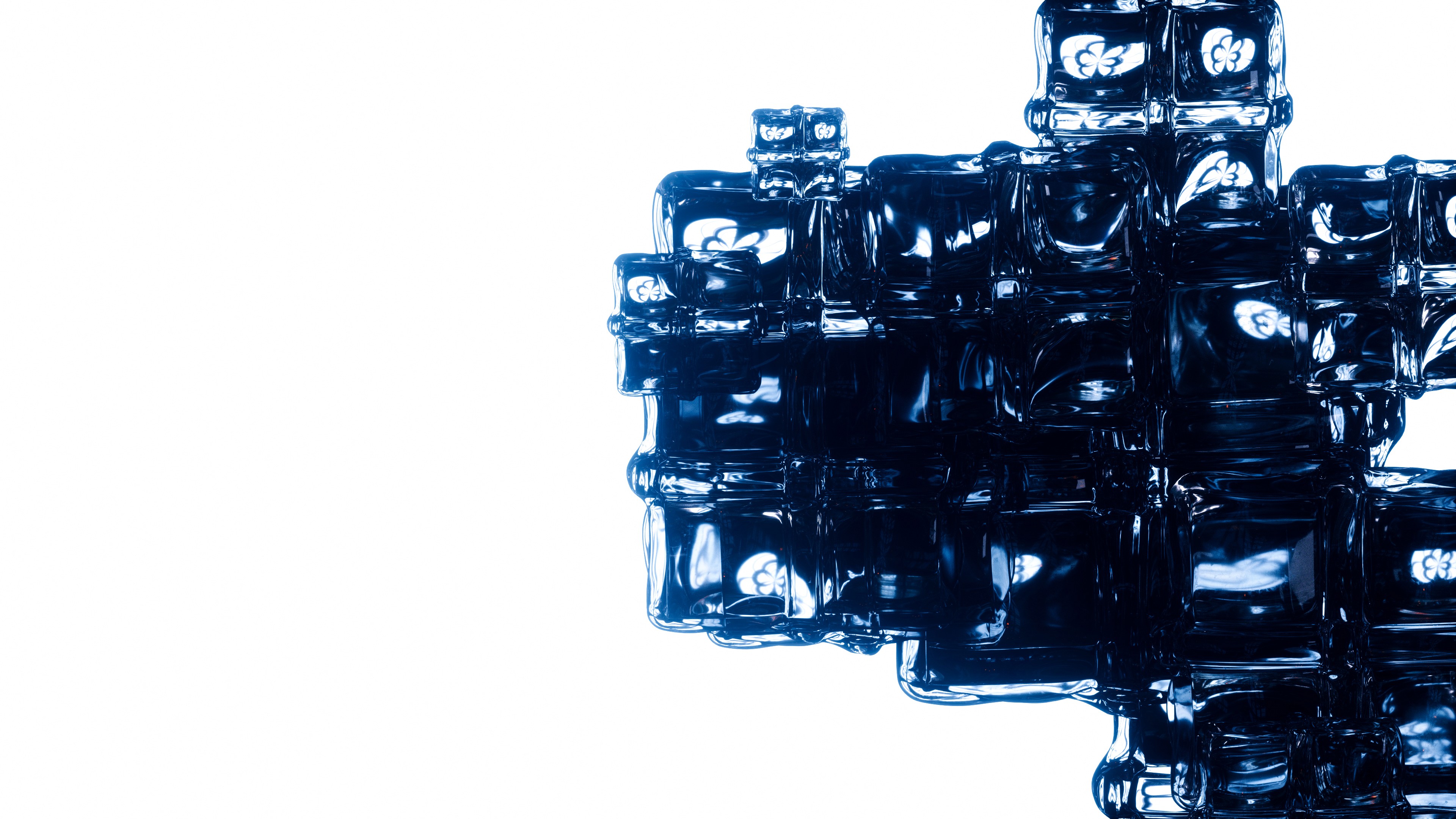
What sparked this project?
Each project I undertake is a unique journey of inspiration. Usually I get inspired by the work of other artists and want to try myself. This always leads to experiments, new skills and fun projects.
Who was on the team for the project?
These projects are the result of my personal dedication to design. As the creator behind each piece, I've poured my passion and commitment into crafting these renders.
Do you have some project metrics to share?
I remember one of the most interesting projects I got to work on was for Letter.co! The CEO was an amazing guy with an excellent taste in web design, and we got along really well. Lots of experimentation, many feedback rounds (which I didn't mind at all) and of course many, many cups of coffee.
From my experience, a thorough understanding of the project brief from the outset of the collaboration can streamline the feedback process, making it primarily a matter of refining the work.
However, not every project unfolds as smoothly. On one occasion, I encountered a challenging situation. I was tasked with creating a set of relatively simple 3D models, which I executed successfully in a short timeframe. Yet, when it came to refining and selecting materials and lighting for the scene, everything took a turn for the worse. What was initially intended as a one-month project extended to nearly a year and a half. Yes, you read that correctly. Due to the client's lack of experience and resistance to guidance, the project became exceptionally convoluted and disappointing.
This experience taught me a valuable lesson. When feedback rounds are infinite and without any specific purpose, and the connection between the artist and the client gets lost, it is wise to terminate the collaboration and move on with your other projects. Especially when the client is not clear on their requests.
What is your approach to working on a project like this? Do you follow a specific process or framework?
Drawing from my hands-on experience, I've mastered client interactions and brief comprehension. Regardless of whether it's a 3D Design or Motion Design request, my approach remains consistent, with slight technical adjustments based on project specifics.
Typically, I commence with a call to understand the client's requirements. During this discussion, I spontaneously pitch some initial ideas, serving as a litmus test for whether I've grasped the brief correctly.
Before wrapping up our initial conversation, I mention my next step: crafting a mood board to set a visual direction. Upon consensus regarding this style, I provide some reference visuals for clarity. In this phase, I also present a quote. With the client's approval, the actual work begins.
For instance, if I'm designing 3D models for a minimal speaker startup, I'd first share clay renders. If approved, I dive into details like materials, lighting, and rendering, culminating in delivering polished, high-resolution files. Feedback loops are integral throughout.
The difference in this case is the technical process. For motion design projects, while the kickoff remains the same (call, brief, mood board, references), the subsequent steps differ. Here, I develop a storyboard, followed by an animatic, before diving into full-scale production, be it 3D or 2D. This overview captures the essence of my process, though there's always more depth to delve into.
What did the early versions of this project look like? What did you learn from this v1?
Comparing my initial draft (v1) to the final output (v10) often feels like evaluating two distinct projects. To be honest, I find this to be completely normal since you get so much feedback from the client, that it is just the unavoidable result to change stuff while you are in the midway of your progress.
In the past, I admit, I struggled with feedback, often feeling disappointed and frustrated, especially when it necessitated significant changes. However, over time, I've come to genuinely appreciate and understand its value, recognizing that it serves my best interests and the overall quality of the project.
'When I finish a project and look back at it - even if I loved the process and thought to myself how much I have improved - I immediately think it's not good enough, and I should do better on the next one.'
What was the biggest challenge? Did any part of the project make you step out of your comfort zone?
When I was younger, and was just taking my first baby steps in the bizarre world of freelancing as a 3D Artist and Motion Designer, I found myself in desperate situations quite often. I stepped out of my comfort zone as they tend to say, and yes, it was the best thing I've ever done. I remember people asking me to animate things, I had no clue how to do so. But, this is how I learned. This led me to many sleepless and full of anxiety nights. Countless tutorials, forum reading, and keyboard rage moments led me to where I am today.
Even though there were so many moments where I wanted to quit, when I received a client's positive words, I would realize that I've earned an achievement. And this gave me the will to continue working and wanting to take on more projects and test my limits.
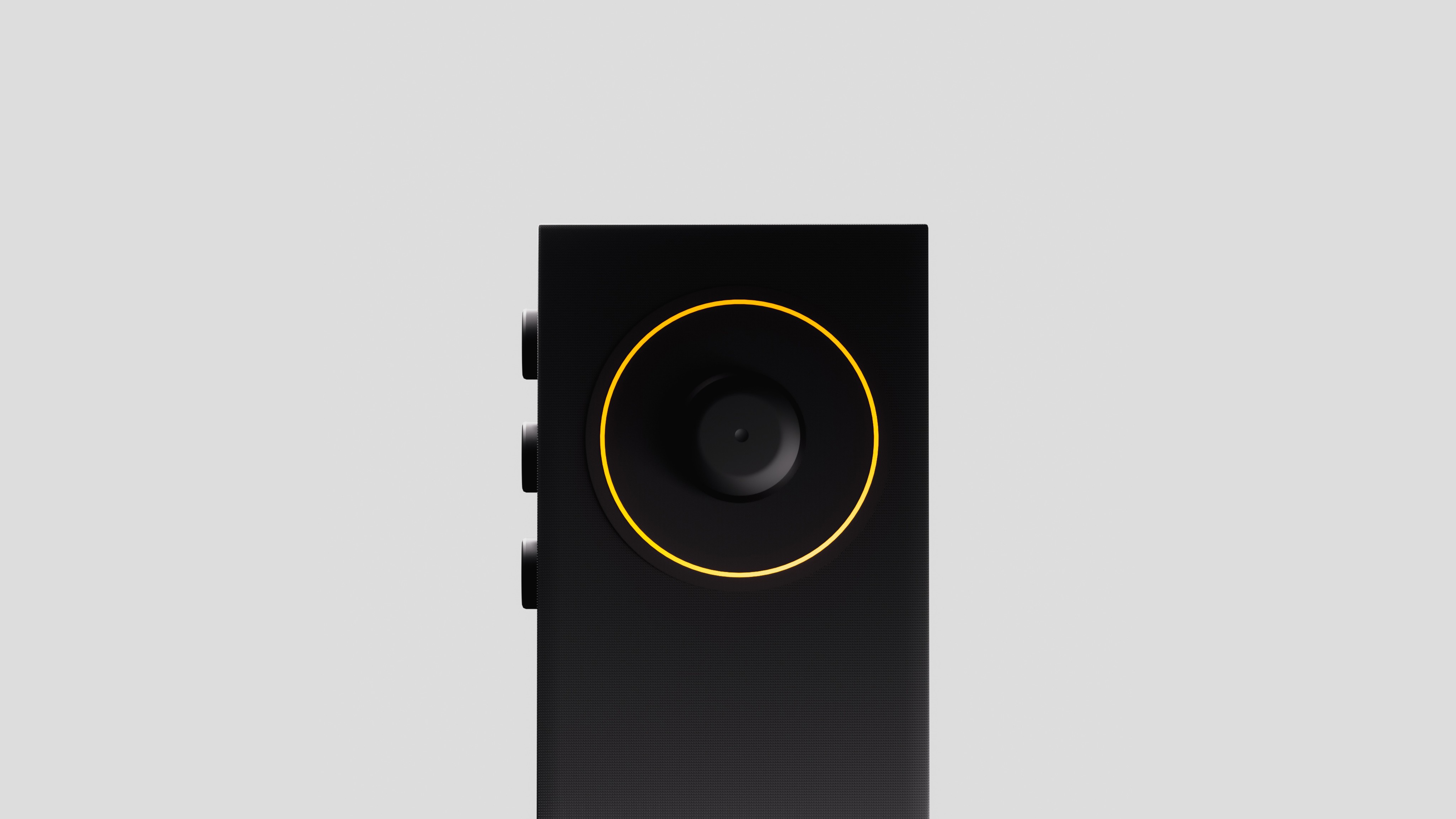

How did you overcome this challenge?
Believing in yourself, be patient, study, try things and always stay creative.
What and/or who inspired you during the creation of this project?
For the most I can remember, I've always looked up to the work of other 3D Artist and Motion Designers. Ash Thorp, Beeple, Peter Tarka, Wes Cream, Daniel Lepik, Tony Zagoraios and the guys at Greyscale Gorilla to name a few.
What was your biggest learning or take-away from creating this project?
I believe I have something most designers have. When I finish a project and look back at it - even if I loved the process and thought to myself how much I have improved - I immediately think it's not good enough, and I should do better on the next one.
While I often push myself for better results, I also make it a point to acknowledge and appreciate the strides I've made, whether that's mastering a new technical skill or learning a shortcut in Cinema 4D. Every step forward counts.
Can you point out a detail in the project that might go unnoticed but you’re particularly proud of?
While I was working on a personal project, with an iPhone model, I experimented with the Octane Camera in Cinema 4D. I've used ridiculous amounts of Depth of Field and Aperture, aspect ratio, edge and rotation to achieve an effect that I didn't see quite often. (Reference below). While in the beginning I didn't feel like it was anything unique, when I posted the work online I got so much positive feedback and questions on how to achieve this effect. Definitely made me feel proud of my work.
'As you evolve and meet new clients and designers, your whole process upgrades and gets better and better. As people say, the first step is the hardest.'
Which part of this project consumed the most time or energy?
I think the most time and energy consuming thing, is when you try to achieve the perfect look you have deep in your mind for your design - model - animation, but your creative juices are not flowing. This is a sign that you need to take a break, away from the screen, relax and eventually when you get back to it, you'll get the result you wanted. This has happened to me so many times.
What was the result of this project?
Since I am not talking about a specific project, I've come to the conclusion that yes, projects lead to other projects. As you evolve, and you meet new people, clients, designers, the whole process upgrades and get better and better. As people say, "the first step is the hardest."
Where was the project created? What do you enjoy about working there?
I find my self in peace and in great mood to create when I am alone, in my personal space. Call it a bedroom, an office, a studio - whatever works for each person. What I've always chosen to do and won't ever change, is that my most productive hours, were during the night. Working at night sharpens my focus. While this might sound like a cliché often associated with artists and designers, it rings true for me.
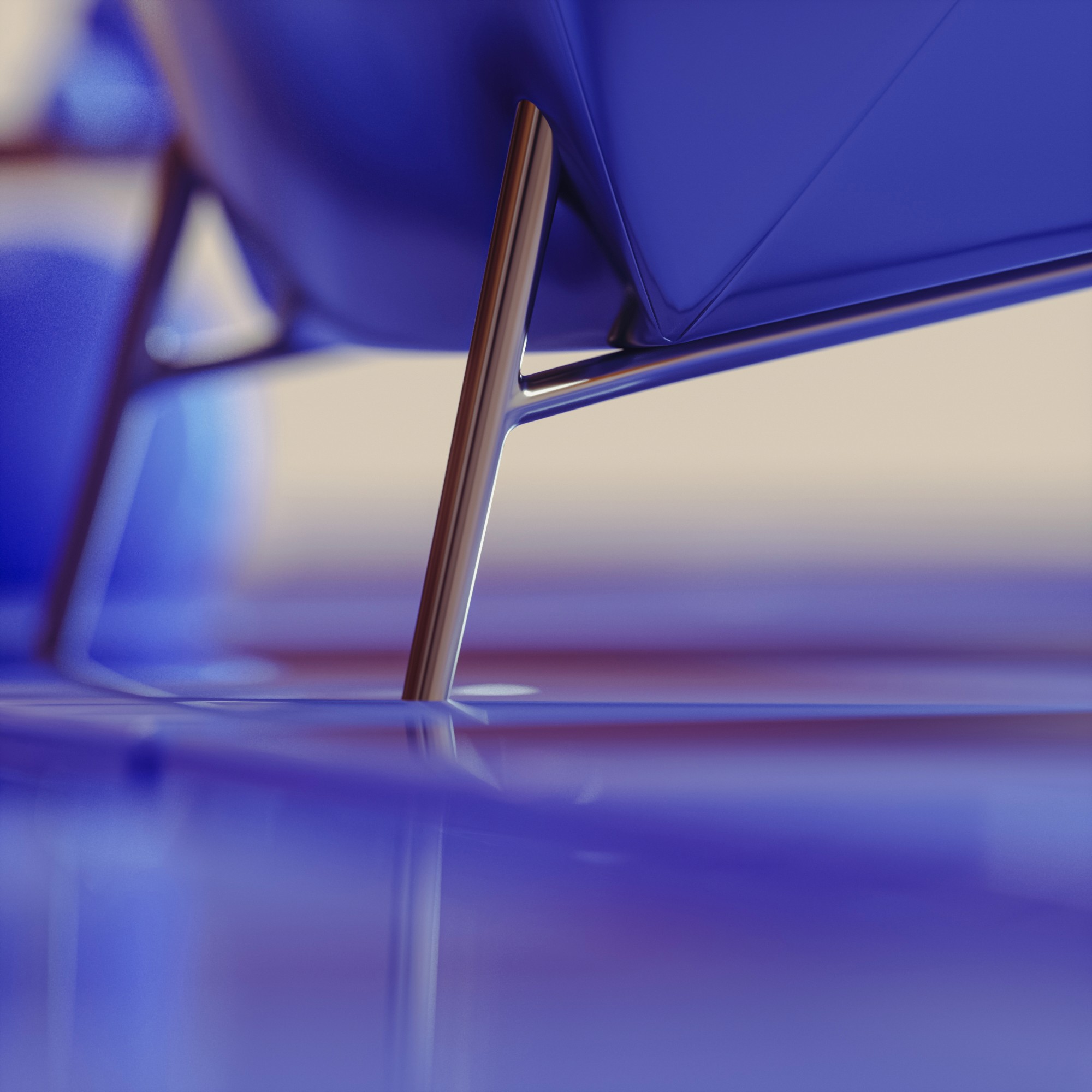

If this project had a soundtrack, which one would it be?
Which tools did you use to create this project?
For the past six years, my primary focus has been on 3D design and animation, with Maxon's Cinema 4D being my tool of choice. I'm also fond of Octane Render from OTOY, a third-party renderer that beautifully complements Cinema 4D. Naturally, my toolkit extends to daily use of After Effects, Premiere Pro, Photoshop, Lightroom, and Illustrator. During my university years, I dabbled in Autodesk's Maya and Mudbox, as well as Unity and Unreal Engine. While I gave Blender a shot, Cinema 4D truly resonated with me. I believe that one can never fully master any software; there's always a new facet to uncover or a skill to hone. I'm looking forward to exploring Houdini in the future.
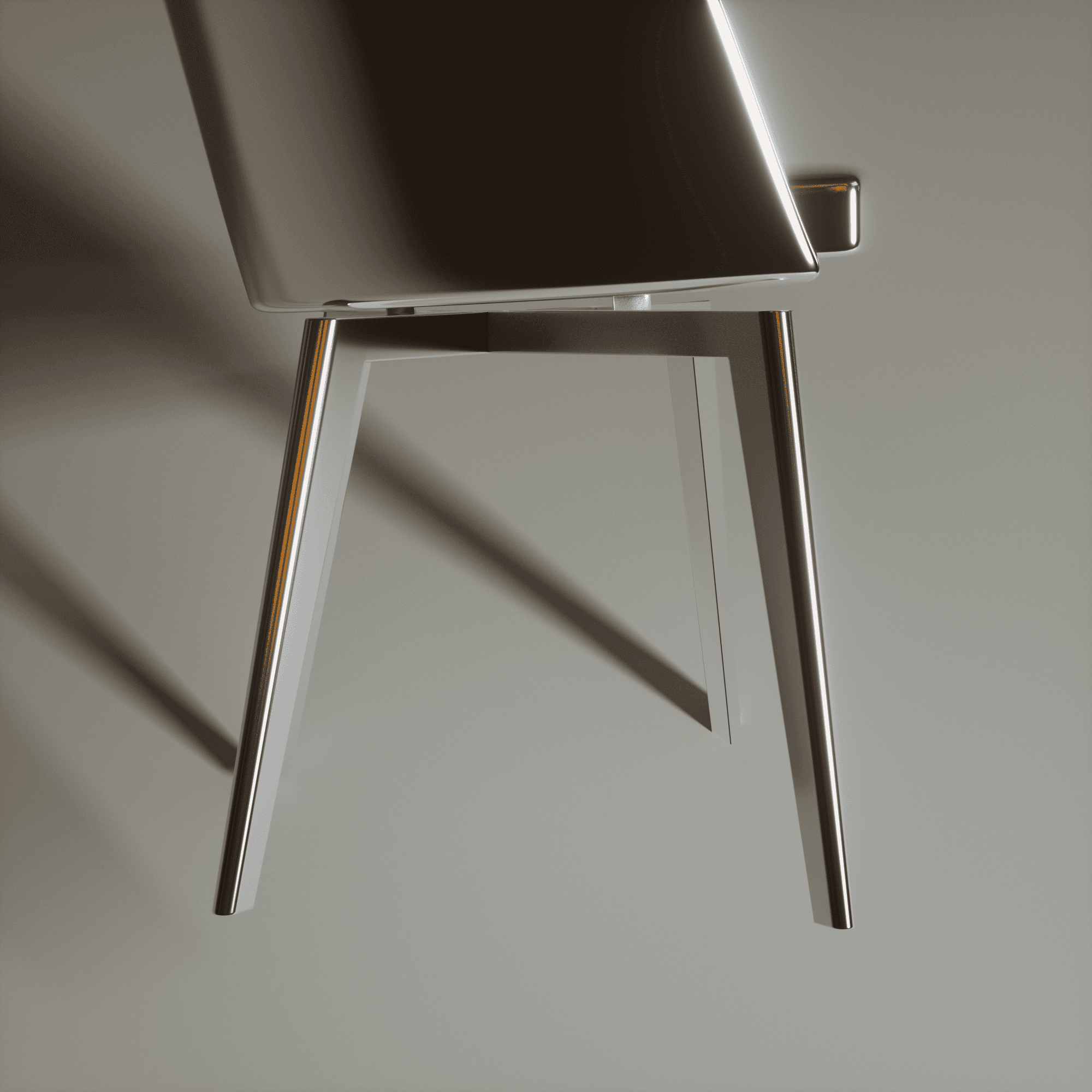
What are you currently working on, and what's next?
Right now, I'm working on a project where I create 3D assets and animations for a TV Show. At the same time, I'm playing around with abstract models and renders in Cinema 4D. I'm always looking at other artists and designers for inspiration, aiming to improve my skills every day.
Who or what are you inspired by lately? Any current influences that you find are seeping into your work
Lately, I've grown fond of pieces of software like Figma, Spline, Framer etc. I see people on X (formerly Twitter) creating such amazing pieces that it just leaves me in awe. I regularly check YouTube tutorials and Instagram posts of 3D artists to see what the latest trends are and maybe get inspired to create something new that I've never tried before.
If you could give your younger self one piece of advice about navigating the design world, what would it be?
Create something, d a i l y. Even if it is something that you won't ever post or use. In the past, and sometimes now, there have been weeks when I have not created something in Cinema 4D. Mostly because I might get super busy with work in the office, but that is no excuse. Even 30 minutes of practice per day can make a difference. Thinking back now, I feel so much regret for not watching a 10-minute tutorial per day. Knowledge is power.
From the maker






